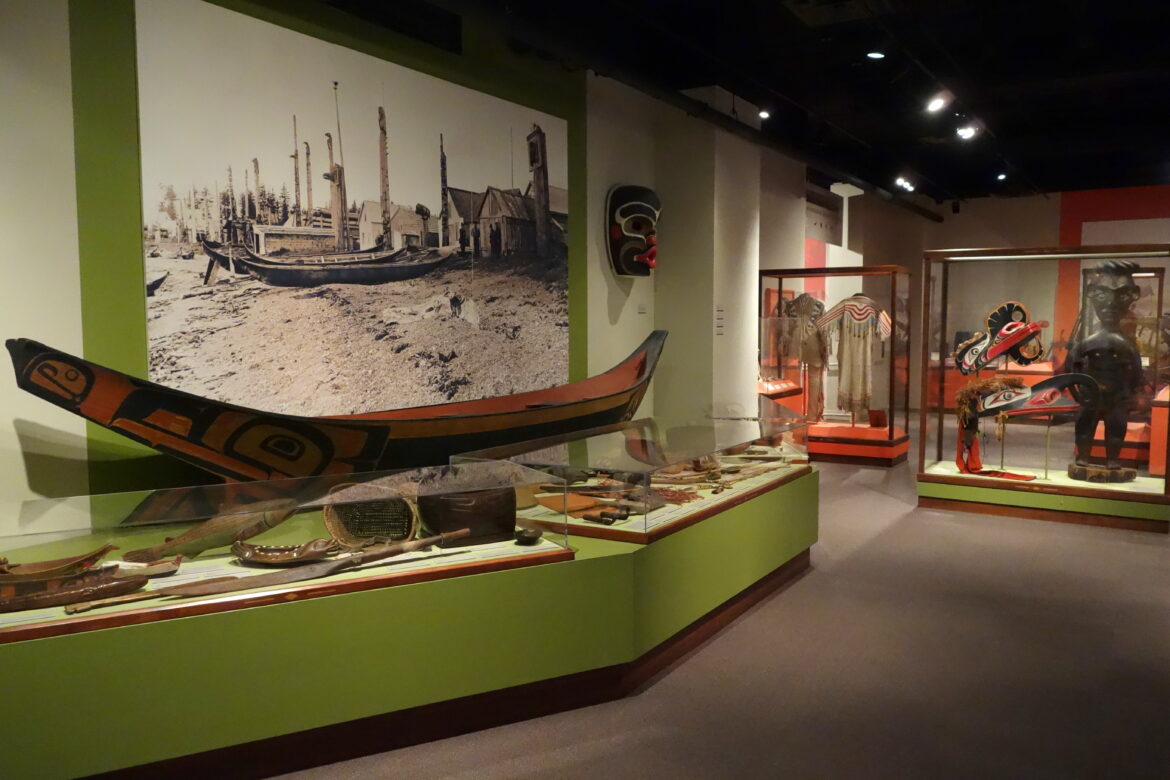Thursday, January 5th: for the first time, the United States has repatriated a stolen artifact to the Palestinian government. The relic — a carved spoon — is one of 180 items seized from the art collector, Michael H. Steinhardt, after an investigation found that he had spent decades acquiring looted and stolen antiquities across the globe. The Palestinian government had expressed concerns that no items sourced from West Bank, even in areas recognized by Israel as Palestinian, would be returned to them, reaffirmed by statements from American prosecutors.
This spoon should exemplify a step toward broader recognition of Palestinian voices in terms of cultural recognition. Yet, it is merely one of 40 items sourced back to the same area; 39 other items — some of which surpass half a million dollars in valuation — are still going to Israel. Thus, the idealistic statements made by parties involved in the repatriation, such as the U.S. Office of Palestinian Affairs who called it a “historic moment between the American and Palestinian people” and a “demonstration of [our] belief in the power of cultural exchanges,” ring slightly hollower.
Furthermore, this repatriation serves only as an individual hit to Steinhardt. For the sake of the hundreds of thousands of Indigenous artifacts that populate U.S. national museums, it comes off as an easy concession to make; a one-time P.R.-move. The implications of the Palestinian spoon diminish further when juxtaposed with the U.S.’s decades-long failings to return artifacts to its Indigenous populations. What is revealed is that the U.S. seems to only be committed to repatriation that it can benefit from, given the lacklustre rate at which the nation’s Indigenous communities are receiving stolen items.
The repatriation process that U.S. national museums are currently committed to started in November of 1990, with the enactment of the Native American Graves Protection and Repatriation Act (NAGPRA). The act requires government-funded institutions to catalogue and report their Native human remains and burial objects, with the ultimate objective of returning these items and remains to their ancestral homes. The initiative is run by the National Parks system and per their most recent reports, 48% of the 208,698 catalogued entries have been returned in over thirty years. A ProPublica investigation found that about half of these unreturned remains are held in only ten institutions, most of whom acquired these objects during the forcible removal of Native Americans from ancestral lands. One significant explanation for many of the unreturned items is the act’s strict “cultural affiliation” clause that requires tribes to provide documentation to claim any items. In addition, some cases require individuals to answer culturally insensitive questions about the purpose and history of each object. Furthermore, museums can thwart the repatriation process by categorizing their objects as “culturally unidentifiable,” and are further aided by the fact that over 400 tribes are not federally recognized, allowing their requests to go unrecognized.
However, the overarching issue of the NAGPRA is that power remains first and foremost in the hands of museums as institutions. Given that Indigenous tribes must first reach out, provide evidence, and bureaucratically battle in order to receive their own heritage maintains a neocolonial relationship. Furthermore, these items still have an alternate purpose and value separate from a museum setting. Therefore, the fact that museums frame these Indigenous artifacts as solely scientific and historical, perpetuates a harmful framework that impedes any true commitment to repatriation.
Comparatively, the state of repatriation in Canada is quite the reverse — much stronger in its overall language and intentions, but far weaker in terms of written policy and follow-through. The most significant initiative centring on repatriation is a report made by the Canadian Museums Association (CMA) in 2015, named the “Moved to Action: Activating UNDRIP in Canadian Museums.” The document functions as a call to action for federal legislation and museums across the country, compiling years of research and direct accounts from Indigenous professionals and leaders. The long-term goals of the report are lofty, with repatriation as only one of many steps towards self-determination for Canada’s Indigenous peoples. Thus, if implemented, Canada has the potential to far surpass the U.S. in overall repatriation efforts, with the role of museums shifting from a dictator of colonial history to a facilitator for Indigenous voices.
Yet, all of this exists only in theory. While there have been some success stories of Indigenous communities in Canada receiving important cultural artifacts, these are few and far between. They are usually due to the hard work and dedication of individuals — such as the recent repatriation of a 171-year-old beaded hood to the Cree Cultural Institute — instead of legislative action. Unfortunately, the Canadian government has taken very few steps to follow the guidelines set by the CMA report, so far, positive changes remain at the local level.
Ultimately, the policy differences between the two nations are a reflection of the different ways nations can fail their Indigenous communities: through inauthentic intent or inaction. The stark contrast on a policy level means no difference if neither nation has made substantial changes, or kept good on the intentions set by the U.N. — wherein Indigenous communities are declared to have the “right the self-determination” and to “freely determine their […] cultural development.” How can this be done if museums keep important cultural objects locked away from the people who value them?
Edited by Liz Bredt
Justine Delangle is in her first year at McGill University, pursuing a B.A. in International Development Studies. She is a first time staff writer for Catalyst, with an interest in the politics of cultural power.

